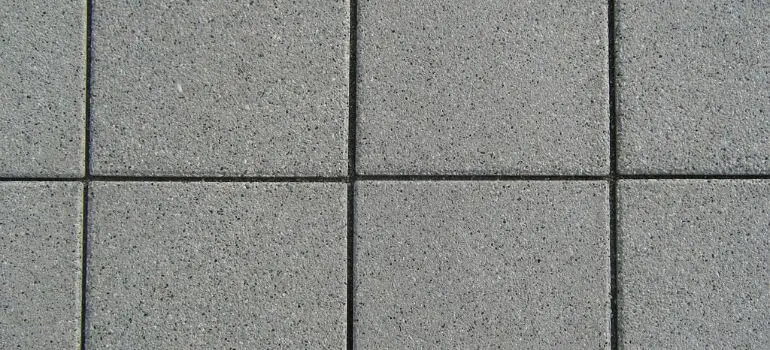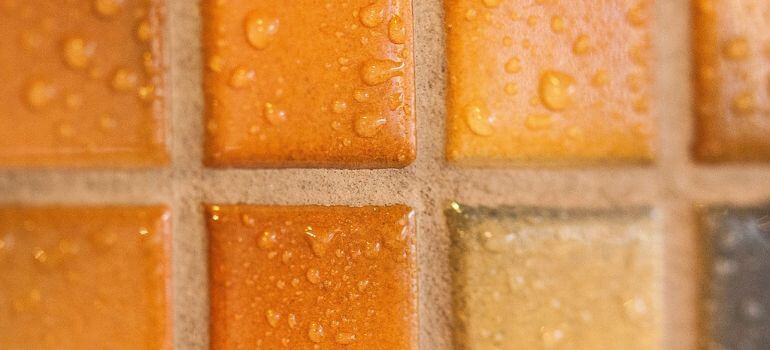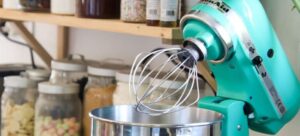Introduction
Grout plays a crucial role in tile installation, not just for functionality but also for aesthetics. Two popular brands, Polyblend and Mapei, offer distinct options, but how do you decide which is right for you? This article dives deep into the world of Polyblend and Mapei grout, guiding you to make an informed choice.
What is Polyblend Grout?
Composition and Characteristics: Polyblend is known for its polymer-modified, cement-based composition. It offers strong adhesion and is suitable for a range of tiles.
Pros and Cons: The primary advantage of Polyblend is its durability and color consistency. However, some users find it a bit challenging to mix and apply.
What is Mapei Grout?
Composition and Characteristics: Mapei grout is celebrated for its vast range of colors and types, including epoxy and pre-mixed options.
Pros and Cons: Mapei stands out for its versatility and easy application. On the flip side, it can be pricier than Polyblend.
Comparison of Polyblend vs. Mapei Grout

Durability: Both grouts offer excellent durability, but Polyblend has a slight edge in terms of robustness.
Color Options: Mapei wins here with its extensive color palette.
Ease of Application: Mapei is generally easier to apply, especially for beginners.
Price Comparison: Polyblend is often more budget-friendly.
Suitability for Different Applications: Mapei is preferred for its versatility, while Polyblend is ideal for heavy-duty applications.
User Experiences and Reviews
Customers have praised Polyblend for its long-lasting nature, whereas Mapei is often lauded for its aesthetic appeal and ease of use.
Professional Opinions
Experts in the tiling industry often lean towards Polyblend for commercial settings due to its strength and longevity. Mapei, on the other hand, is frequently recommended for residential projects because of its wide color range and ease of application. This distinction helps professionals choose the right product based on the project’s requirements.
Application Techniques
For Polyblend, the key to success lies in accurate mixing and timely application. It’s crucial to follow the manufacturer’s instructions to ensure the best results. Mapei grout, particularly its pre-mixed varieties, is more forgiving and suitable for DIY enthusiasts who may not have extensive tiling experience.
Maintenance and Longevity
Maintaining and extending the longevity of grout, whether it’s Polyblend or Mapei, is crucial for the overall appearance and durability of your tiled surfaces. Here’s a detailed look at how to maintain these products and what to expect in terms of their longevity.
Polyblend Grout Maintenance and Longevity:
- Regular Cleaning: Polyblend grout should be cleaned regularly with a pH-neutral cleaner to prevent staining and buildup of grime. Avoid using harsh chemicals that can damage the grout.
- Sealing: Though Polyblend grout is durable, sealing it can extend its life and prevent stains, especially in high-traffic areas. Check the manufacturer’s recommendations for sealing frequency.
- Avoid Water Exposure Immediately After Application: Allow the grout to cure fully (typically 7 days) before exposing it to water. This ensures it sets properly and attains its full strength.
- Addressing Cracks and Damage: If cracks or crumbling occur, repair them promptly to prevent further damage. This may involve removing the damaged grout and reapplying a new layer.
- Longevity Expectations: When properly maintained, Polyblend grout can last many years. However, its lifespan can be affected by factors like the tile location, the amount of foot traffic, and exposure to moisture.
Mapei Grout Maintenance and Longevity:
- Routine Cleaning: Use gentle, non-acidic cleaners for Mapei grout. Regular cleaning helps maintain its appearance and prevents dirt accumulation.
- Sealing Considerations: While some Mapei grout products come pre-sealed, others may require sealing after application. This is especially important for areas prone to moisture or stains.
- Curing Time: Similar to Polyblend, Mapei grout needs adequate time to cure. Avoid cleaning or heavy use of the area until the grout has fully set.
- Repairing Damages: Address any signs of wear or damage early. For Mapei’s epoxy grouts, special care might be needed for repairs, as these are typically more resilient but harder to replace.
- Expected Lifespan: Mapei grout, especially its epoxy varieties, is known for its long lifespan. With proper care, it can maintain its appearance and functionality for several years, though this can vary depending on the specific product and application conditions.
General Tips for Both Polyblend and Mapei Grout:
- Avoid Harsh Chemicals: Harsh chemicals can erode grout over time. Stick to cleaners recommended by the grout manufacturer.
- Regular Inspection: Periodically inspect grout lines for signs of wear, cracks, or discoloration.
- Professional Help: For major repairs or if you’re unsure about how to maintain your grout properly, consider consulting a professional.
By following these maintenance tips and understanding the nature of each product, you can ensure that your Polyblend or Mapei grout remains in top condition, enhancing both the beauty and longevity of your tiled surfaces.
Common Issues and Solutions
Common issues with grout include cracking, color fading, and staining. To mitigate these, it’s essential to follow proper installation techniques and use the right materials for your specific tiling project. Regular maintenance and prompt repair of any damage can also help extend the life of the grout.
Environmental and Health Considerations
In terms of environmental impact and health considerations, Mapei offers a range of eco-friendly options that are less harmful and more sustainable. Polyblend grout, with its chemical composition, requires careful handling and proper ventilation during application to ensure safety.
Where to Buy
Both Polyblend and Mapei grouts are readily available in most home improvement stores and through various online retailers. This accessibility allows for easy comparison and purchase based on your project needs.
DIY vs. Professional Installation
Choosing between DIY and professional installation depends on your skill level, the complexity of the project, and your budget. While DIY installation can be more cost-effective, professional installation guarantees precision and is recommended for complex patterns or large areas.
Conclusion
Your choice between Polyblend and Mapei grout depends on your specific needs, budget, and skill level. Both offer unique advantages, making them leaders in the tiling industry.
FAQs
Polyblend Grout: Known for its robustness and durability, ideal for heavy-duty applications. It is a polymer-modified, cement-based grout, which can be slightly challenging to mix and apply.
Mapei Grout: Stands out for its vast range of colors, ease of application, and options like epoxy and pre-mixed grout. It’s often preferred for residential projects due to its aesthetic appeal.
Yes, Polyblend grout can be used in high-moisture areas. However, it is essential to ensure it is properly sealed to maintain its resistance to moisture and prevent mold growth.
Mapei offers specific grout types that are suitable for outdoor applications. It’s important to choose a grout that is designed to withstand external environmental conditions.
Polyblend grout typically takes about 24 to 72 hours to dry and approximately 7 days to fully cure. However, it’s advisable to follow the manufacturer’s specific instructions for the best results.
Mapei grout comes in a wide variety of colors. While custom colors are not typically offered, the extensive range available often meets most design needs.




